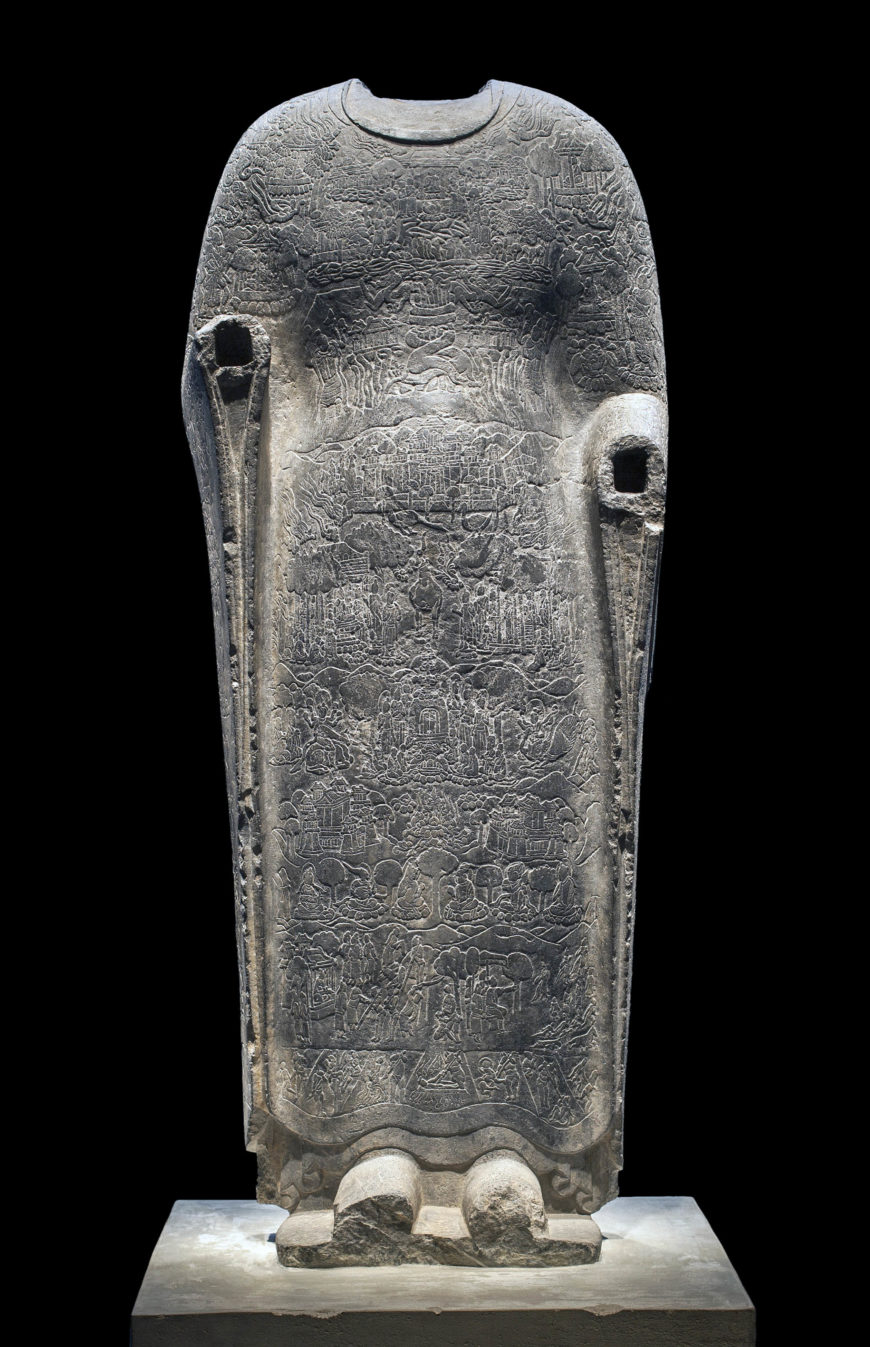
Buddha draped in robes portraying the Realms of Existence, Northern Qi dynasty, 550–577, limestone, China, probably Henan province, 151.3 high, x 62.9 x 31.3 cm (Freer Gallery of Art, Smithsonian Institution, Washington, DC: Purchase — Charles Lang Freer Endowment, F1923.15)
The sculpture is a larger-than-life standing figure missing its head and both hands. It is carved in a pillar-like form and wears a simple monk’s robe. Every inch of the robe is filled with intricate relief carvings. The front of the robe shows a symbolic map of the Buddhist universe, called the Realms of Existence. Start at the top of the chest and scan down to the bottom hem of the garment.
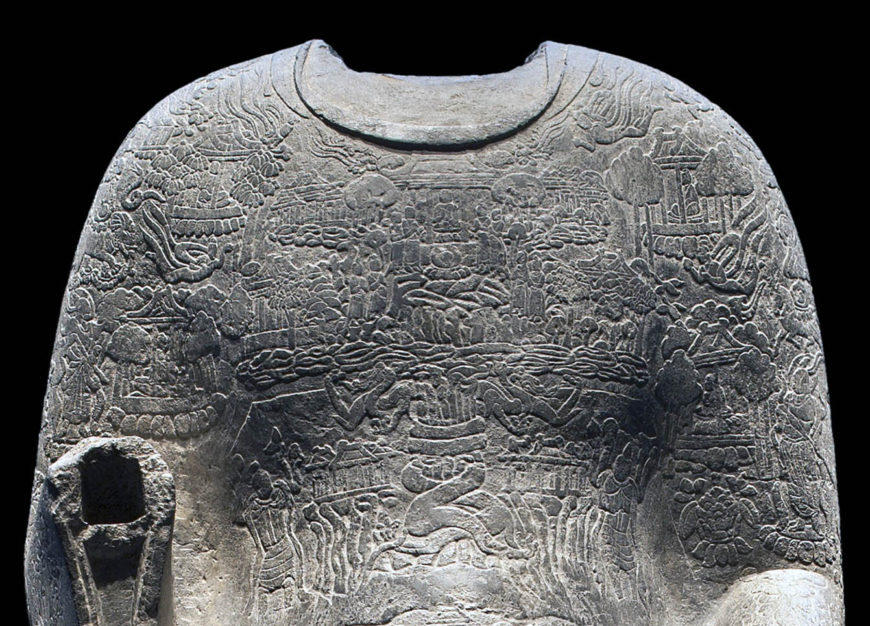
Mount Meru shown as a pillar wrapped with dragons below the neck. Buddha draped in robes portraying the Realms of Existence (detail), Northern Qi dynasty, 550–577, limestone, China, probably Henan province, 151.3 high, x 62.9 x 31.3 cm (Freer Gallery of Art, Smithsonian Institution, Washington, DC: Purchase — Charles Lang Freer Endowment, F1923.15)
The realm of divinities appears in the section beneath the neck. Directly below, Mount Meru, the center of the universe, is depicted as a pillar wrapped with a pair of dragons. It is flanked by giant multiarmed demigods.
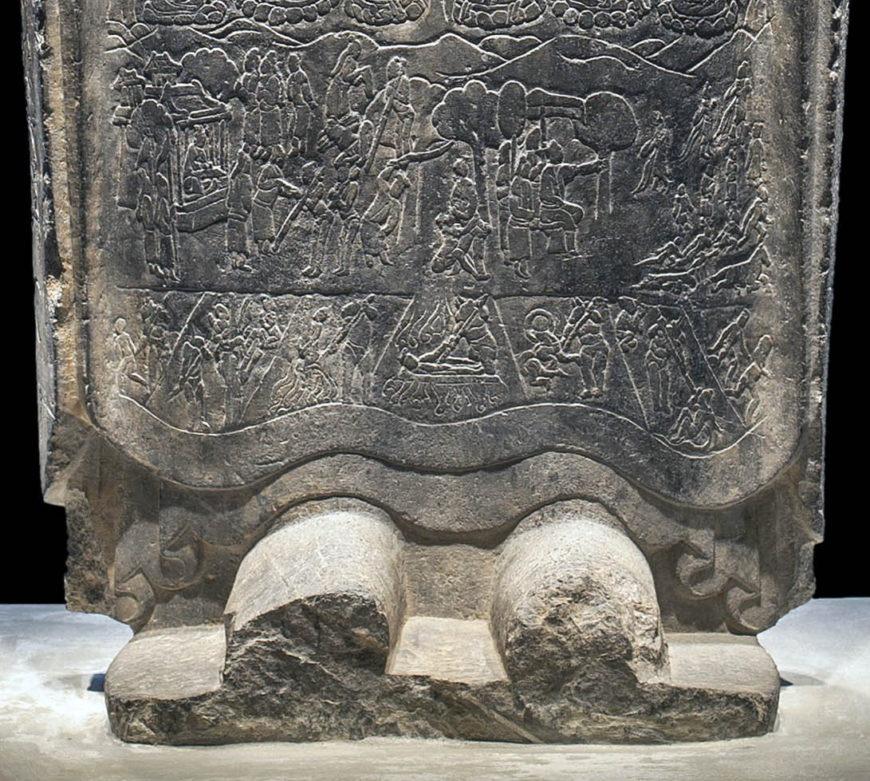
Sufferers in hell are shown near the feet. Buddha draped in robes portraying the Realms of Existence (detail), Northern Qi dynasty, 550–577, limestone, China, probably Henan province, 151.3 high, x 62.9 x 31.3 cm (Freer Gallery of Art, Smithsonian Institution, Washington, DC: Purchase — Charles Lang Freer Endowment, F1923.15)
Sufferers in Buddhist hells are shown far below, near the feet. In between are the realms of humans, animals, and spirits. A similar hierarchy of heaven above earth is shown on the back. On the sleeves of the figure are stories about the past lives of Shakyamuni, the Historical Buddha, and the correlation between merit and rebirth, a central principle of Buddhism.
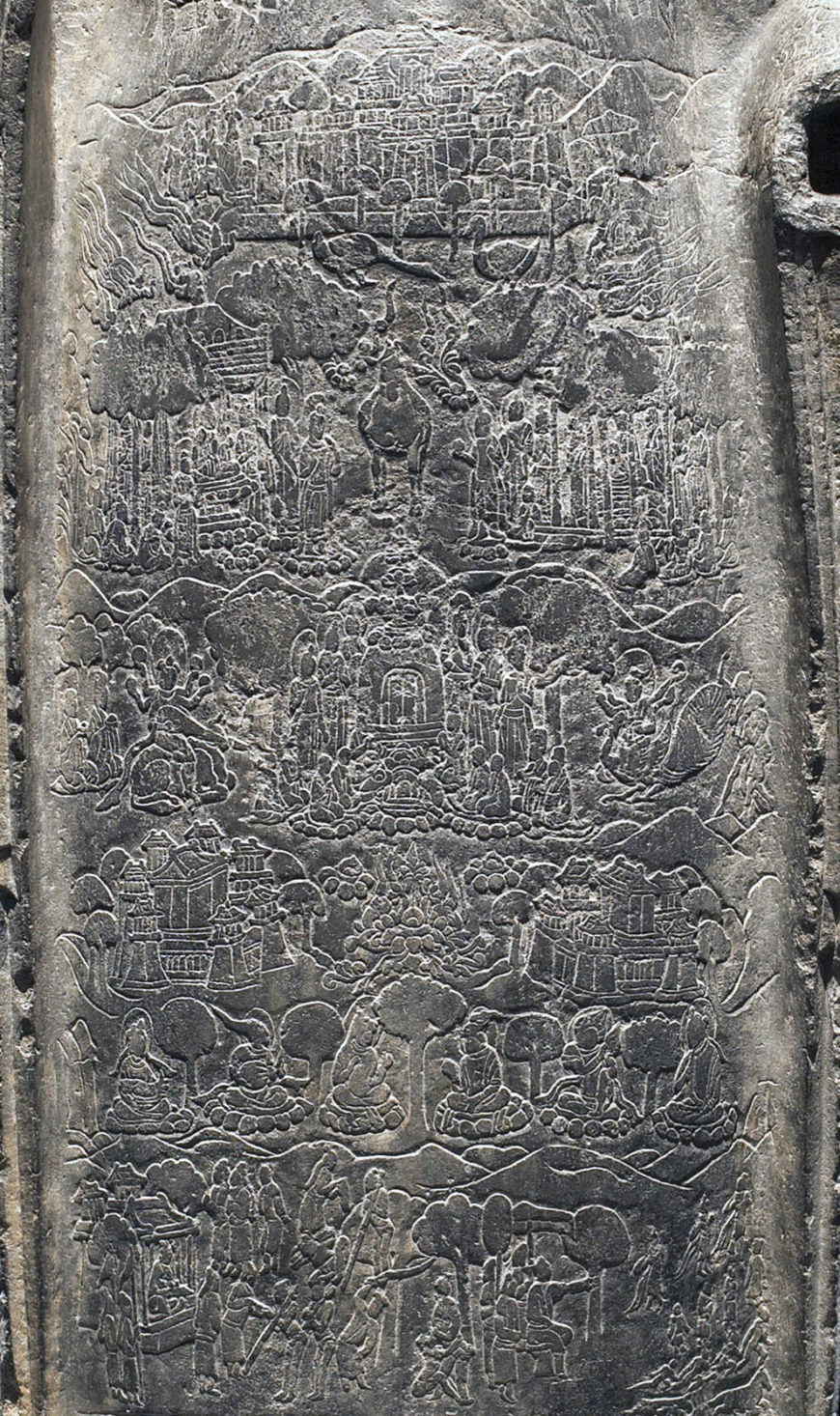
Realms of humans, animals, and spirits. Buddha draped in robes portraying the Realms of Existence (detail), Northern Qi dynasty, 550–577, limestone, China, probably Henan province, 151.3 high, x 62.9 x 31.3 cm (Freer Gallery of Art, Smithsonian Institution, Washington, DC: Purchase — Charles Lang Freer Endowment, F1923.15)
The carved surface illustrations, so intricate and organized, cannot be explained as mere textile patterns on the robe. They give a clue about the figure’s identity. The statue is Vairochana, the Cosmic Buddha. In Buddhist texts, Vairochana is described as the generating force behind all phenomena in the Buddhist universe. The narrative scenes are spiritual emanations rising from the Buddha himself, indicating his cosmic nature.
The statue was first carved in northern China during the Northern Qi dynasty (550–577). Buddhism at that time enjoyed great prosperity. It not only had support from the imperial family but also had believers from different classes of society. As a result of endorsement and financial support from the imperial family, Buddhist art grew more and more sophisticated, as reflected by the meticulously carved scenes on this statue. The different elements were probably painted after they were carved. The carvings are very complicated and refer to different textual sources, suggesting the sculpture may have been used in a monastery to help teach the basic concepts of Buddhism to believers who could not read.
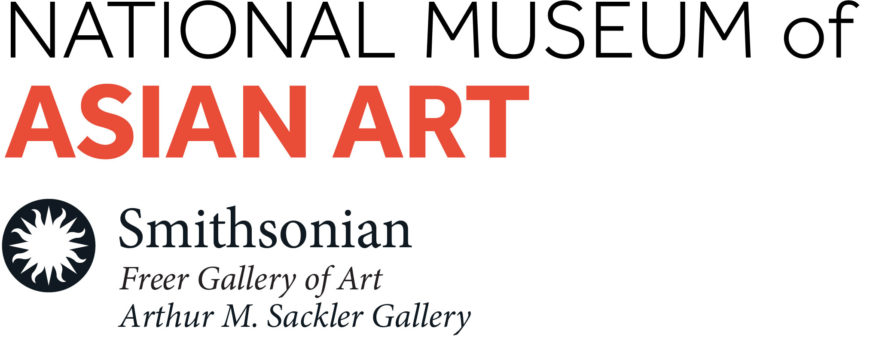 This resource was developed for Teaching China with the Smithsonian, made possible by the generous support of the Freeman Foundation
This resource was developed for Teaching China with the Smithsonian, made possible by the generous support of the Freeman Foundation
For the classroom
Discussion questions:
- Look closely at the imagery on the surface of the sculpture. Can you identify Mount Meru, demigods, animals, and sufferers?
- This object tells stories with pictures instead of words. Why do you think this choice was made?
- What do you think the sculpture’s head and arms would have looked like? Research other depictions of Vairochana and Buddhist images. Sketch out some possible interpretations for the missing body parts.

